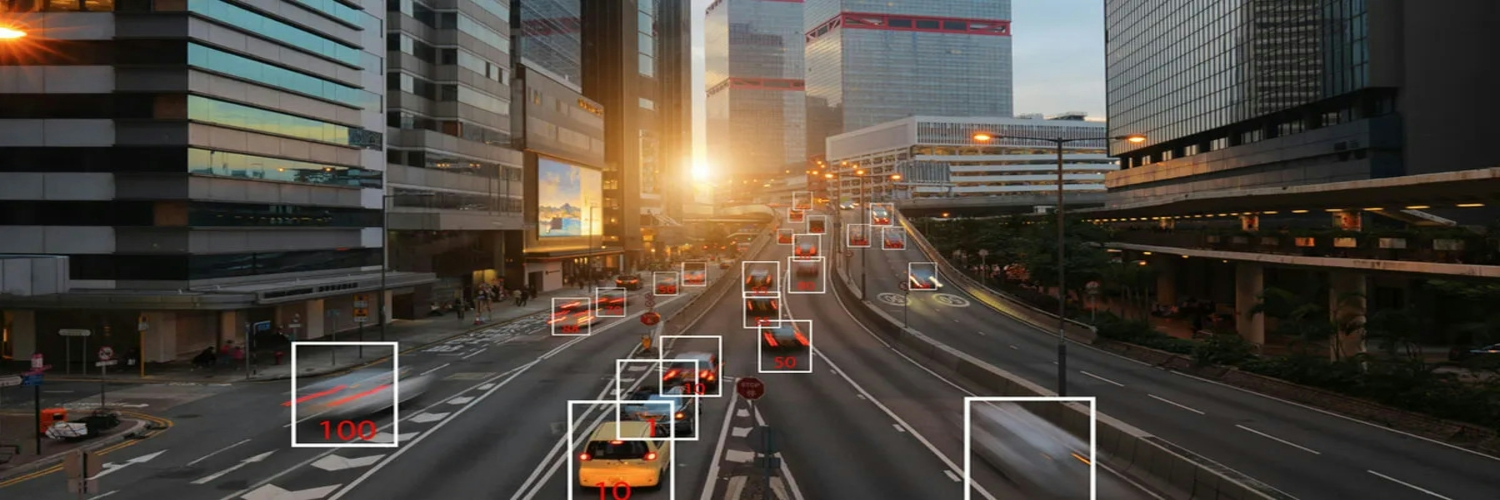How License Plate Recognition Systems is Streamlining Traffic Management ?
License Plate Recognition technology is playing an increasingly important role in streamlining traffic management in cities around the world.
License Plate Recognition systems are a type of technology that utilizes cameras and image processing algorithms to automatically identify and recognize license plates on vehicles. These systems have a wide range of applications, from traffic enforcement and parking management to toll collection and security monitoring.
The basic components of an License Plate Recognition system typically include a camera, an image processing module, and a database of license plate numbers. The camera captures an image of a vehicle's license plate, and the image processing module analyzes the image to extract the characters on the plate. The system then compares the extracted characters to the database of license plate numbers to identify the vehicle.
One of the main benefits of License Plate Recognition systems is their ability to automate the process of identifying vehicles and their license plates. This can help to increase the efficiency of tasks such as toll collection and parking management, as well as improve the accuracy and speed of traffic enforcement. In addition, License Plate Recognition systems can be used for security purposes, such as identifying stolen vehicles or tracking the movement of suspects in criminal investigations.
License Plate Recognition technology can also be used to enforce traffic regulations and improve safety on the roads. For example, License Plate Recognition systems can be used to automatically detect and issue fines for speeding, red light violations, and other traffic offenses. This can help to deter dangerous driving behavior and reduce the incidence of accidents on the roads.
There are several different types of License Plate Recognition systems available, each with its own strengths and weaknesses. Some systems use cameras that are mounted on fixed structures, such as toll booths or parking garages, while others use mobile cameras that can be mounted on vehicles or moved from location to location. Some systems use infrared cameras to capture images in low-light conditions, while others rely on visible light cameras. In addition, some systems are designed to operate in real-time, while others require post-processing of captured images.
License Plate Recognition systems have become an increasingly important technology in a wide range of Industries, from law enforcement and transportation to parking management and security. They also offer many benefits in terms of increased efficiency, accuracy, and safety.
In conclusion, License Plate Recognition technology is playing an increasingly important role in streamlining traffic management in cities around the world. By improving the accuracy of vehicle identification, enabling the automatic collection of data on vehicle movements, enforcing traffic regulations, and reducing the workload of traffic managers, License Plate Recognition systems are helping to create safer, more efficient, and more sustainable transportation systems.

